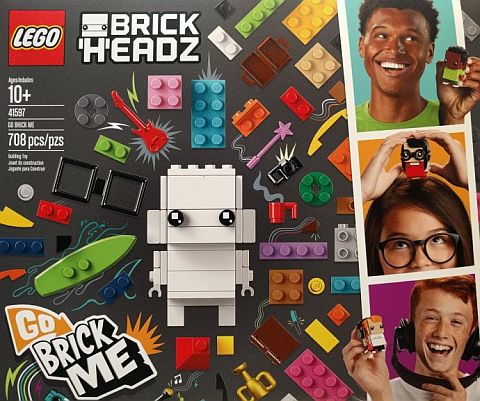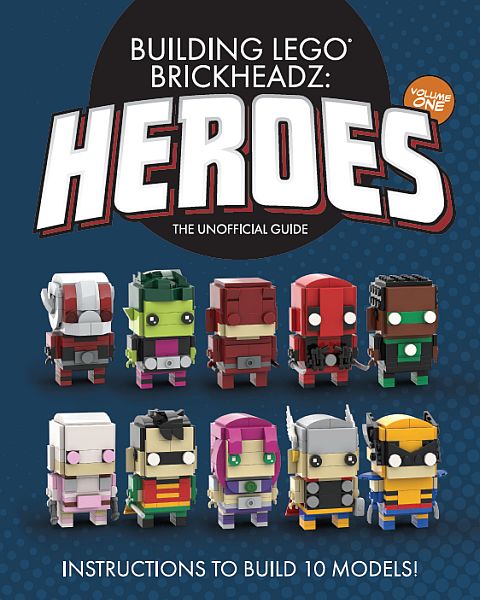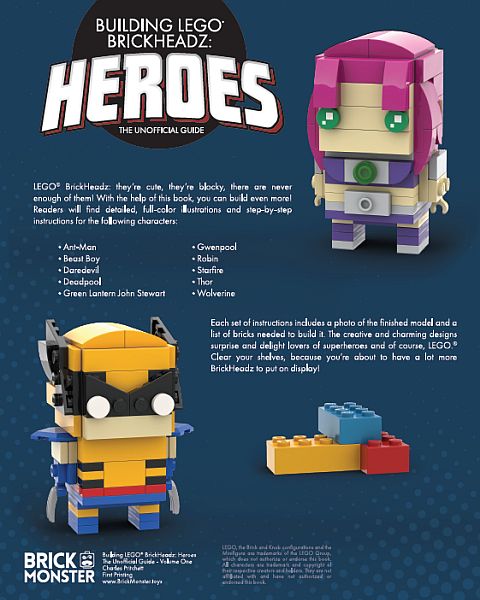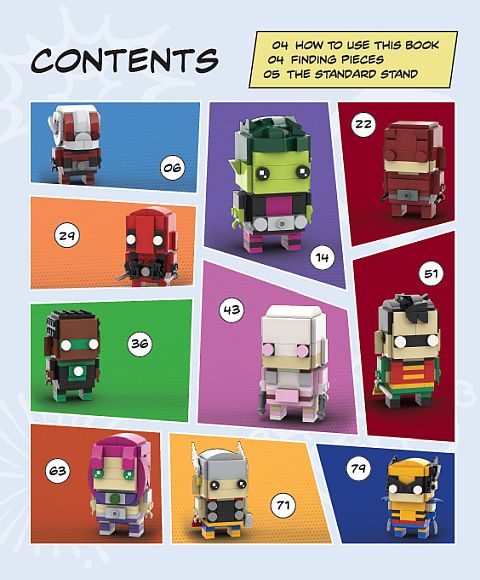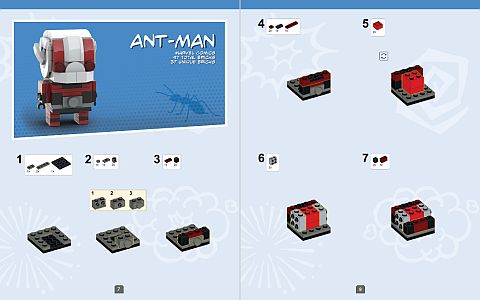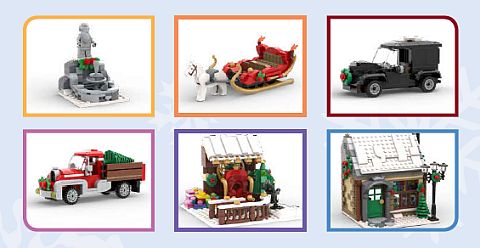The recent rollout of the updated LEGO VIP program (see: New LEGO VIP Awards Center Now Live!) has been having several technical hiccups as well changes that LEGO fans are not too happy about. The team behind the LEGO VIP program responded to many of the questions and concerns, and prepared the following message, and they also answered many of the questions by the community. Read below.

I acknowledge that there have been some challenges with the rollout and we are working to address those challenges as quickly as possible. However, these first steps were needed to put us on the right path to delivering a program that provides more value. The new support systems will allow us to better respond to your input and expand the benefits/rewards that the LEGO VIP program can offer all of our members regardless of where they are, what they buy, or where their passion lie. Thanks you again for your questions and feedback. Play Well! – Global VIP Program Director
➡ QUESTION ABOUT SPLITTING LEGO VIP ACCOUNTS: Many LEGO fans have family accounts with several family members tied to the same account number. Now these accounts are separated out. Do those with family accounts need to call customer service to sort out how their points are split? – There were a number of issues that made it impossible to move linked accounts onto the new platform. This meant we had to split these accounts. All points that were shared have been distributed evenly across the linked accounts so there is no further action required. We are exploring ways to share points across accounts and look to roll out this feature in the near future.
➡ QUESTION ABOUT TRANSFERRING COUPON CODES: Once VIP Points are redeemed, can the coupon code be give to someone else as a gift? – Currently, coupon codes may only be redeemed by the LEGO VIP program member to whom the coupon code was issued. We are exploring ways to share points across accounts and look to roll out this feature in the near future.
➡ QUESTION ABOUT VOUCHER EXPIRY: It is stated at the new LEGO VIP Reward Center that points converted to discount codes can be used for 30 days. What happens if someone gets a code and ends up not making a purchase and applying the discount code within 30 days? Are the points added back to the account, or are they lost? – Once points are converted, they need to be used within the validity window. If a code expires, the value will be lost. Online vouchers are delivered instantaneously and via email. In store, discounts are applied to your account in near real-time. You can redeem on your mobile device while in store, and it will be ready waiting for you as you checkout.
➡ QUESTION ABOUT EXPIRY EXTENSION: Has there been discussion to extend the voucher expiry from 30 days to something longer? – We are currently discussing the options. There are a number of complications with extending the discounts once redeemed. We will continue the discussions and let you know of any changes.
➡ QUESTION ABOUT BAD TRANSLATIONS: The new LEGO VIP Rewards Center has very bad and confusing translation in non-English speaking countries. It looks like Google Translate was used without any editing by a native speaker. When will this be fixed? – We will give feedback to the translation team and look to have it resolved.
➡ QUESTION ABOUT USING VIP POINTS IN STORE: Why do we have to download a voucher when shopping at a LEGO store? Why can’t we redeem our points at checkout like before? – The new system requires you to choose where you want to redeem your points. There are a number of reasons for this, including some requirements to support the future expansion of the program. Now that the new system is in place, teams are working on ways to make the process easier.
➡ QUESTION ABOUT USING VOUCHERS IN STORE: Do we have to print out vouchers from our computer to use them in a store? If not, what if someone doesn’t own a smartphone to redeem points? – Currently, when you request points to be converted into an in-store discount, this discount is applied to your account and will be waiting for you in the store. You just need to provide your card at checkout and the store associate will apply the discount on your purchase the same as in the old program. The difference is you need to request the redemption first. The same applies to phone orders as well.
➡ QUESTION ABOUT REWARD ITEMS: Are we guaranteed to receive the reward item we redeemed at the LEGO VIP Rewards Center? – Reward items will be provided on a first-come, first-served basis, and may be subject to availability, so once a reward item has sold out, it may no longer be available. The LEGO VIP team reserves the right to substitute a reward item of comparable or greater value, in its sole discretion.
➡ QUESTION ABOUT USING VIP POINTS ONLINE: Can we go to the online shop, buy something and just select how many points we want to use and pay with points (partly or wholly) like before? – Not at this time. You must first choose what you would like to redeem points for. We will continue working to streamline the process in the new system.
➡ QUESTION ABOUT USING MULTIPLE VOUCHERS: Can we use more than one voucher at a time? – Yes, you can use more than one discount voucher at a time. However, currently you cannot use more than one promotional code for physical rewards.
➡ QUESTION ABOUT USING VOUCHERS IN LC STORES: Can these points be redeemed at LEGO Certified Stores? – Not as of today, but more to come on this.
➡ QUESTION ABOUT AFOL SHOPPING DAYS: Is the LEGO VIP card still needed for AFOL Shopping Days? – Cards will still work as they do today for AFOL Shopping Days. As we transition to digital cards, the members of AFOL communities will receive a special version of the digital card that they can show in stores.
➡ QUESTION ABOUT MISSING PURCHASE HISTORY: Since the new VIP Rewards Center went live, we can no longer see our purchase history. Some of us like to have this information for reference. Is our purchase history now gone? – The purchase history still exists but is now in a legacy system. I will discuss with the developers if we can provide some visibility to this.
➡ QUESTION ABOUT MISSING WANTED LISTS: Wanted lists have completely disappeared since the new VIP Rewards Center went live. Will they return? – I believe the team responsible for this is looking into the issue.
➡ QUESTION ABOUT POINTS IN OTHER COUNTRIES: Can we redeem our points when traveling to other countries? And can we earn points in other countries and redeem them at home? – While a member can earn points in all eligible LEGO stores, LEGO Certified Stores and at the Online LEGO Shop, the points may only be redeemed in the member’s country of residence. Please note that the LEGO Group considers it a misuse of the program for a member to seek to manipulate the program to the member’s advantage by earning points in one country and redeeming them in a different country. Occasional purchases such as this are permissible, but a pattern of such activity may result in termination of the member’s LEGO VIP account and a deletion of their points.

I hope these answers from the LEGO VIP team director answered your questions and concerns. If not, feel free to share them in the comment section below, and I will forward them to the LEGO VIP team via the LEGO Ambassador Network. There are extensive discussions there about the new program, so we should be able to get answers.
And you might also like to check out the following related posts:



